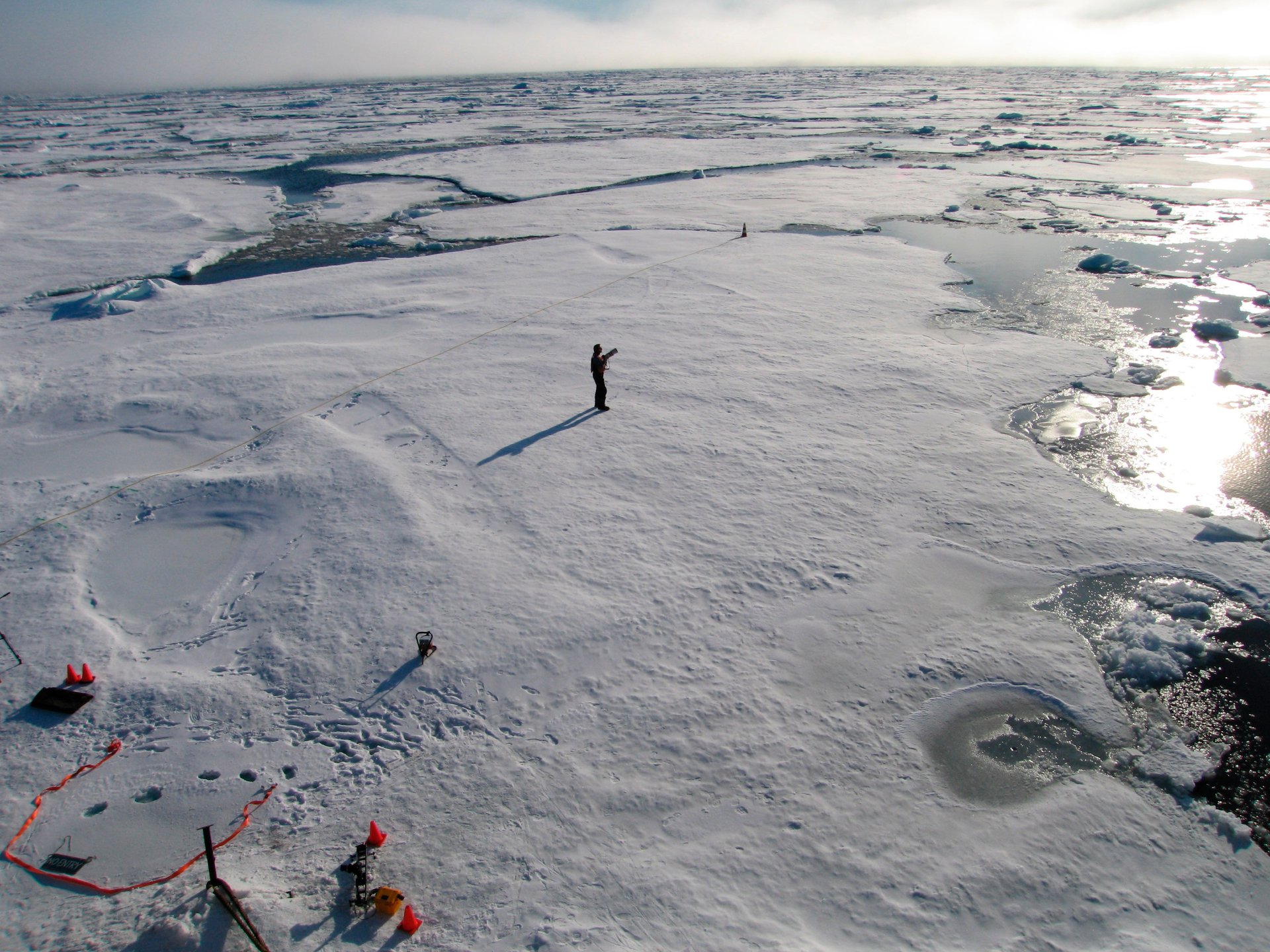China is cementing its position as an Arctic superpower through Russia
China is courting Russia to consolidate its power in the Arctic, even as it builds a fifth research station in Antarctica

China is advancing its superpower status in the world’s coldest regions. And to get there faster, the country has built stronger ties to Russia to supply equipment in the Arctic, a new report by the Center for Strategic and International Studies (CSIS) reveals.
Moscow initially opposed Beijing’s plans to explore its Arctic region through the northern sea route, which runs along the Arctic coast of Russia. This is because Russia operates its most sensitive security apparatus there, the CSIS report says, “including ballistic missile submarines, strategic test sites, missile defense systems, and advanced radar arrays.”
But the war in Ukraine has seemingly changed Russia’s view of China. Isolated by the rest of the world, Russia’s only friend is now arguably China, offering not just money for Russian oil but also investments in Russian tech and infrastructure.
China is now a key defender of Russia, and has said it will not recognize the Arctic Council if it keeps shunning Russia for its invasion of Ukraine.
Why is China so vested in the Arctic region?
As the world’s second-biggest economy, China is looking for footholds in the polar region so that it can access the Arctic’s rich mineral deposits, shipping lanes, and energy stores. All of these resources are becoming increasingly available as Arctic ice melts. “[China has] a clear intent to not be excluded from Arctic developments as the region becomes more accessible,” Stephanie Pezard, a senior political scientist at the US policy think tank RAND, wrote last December.
The Arctic region has been warming four times faster than anywhere else on the planet over the past four decades. China is taking advantage of the sea trade and fishing routes that have been opened by the changing climate.
In its 2018 Arctic policy paper, China declared itself a “near-Arctic state,” claiming protection under the United Nations Convention on the Law of the Sea and the Spitsbergen Treaty. Like NATO members, China says it enjoys rights to freedom of navigation and overflight, scientific research, fishing, cable-laying, and resource development in the Arctic high seas.
Now Chinese scholars have identified 13 Russian ports that can be used to access the Arctic, based on their natural conditions, infrastructure, operations, interior environment, and geographic location. Chinese companies have presences in most of the ports identified. An example is China Poly Group, which has injected some $300 million into a coal terminal in Murmansk and now plans to develop a deepwater port at Arkhangelsk, according to the CSIS report.
China describes the Arctic as one of the world’s “new strategic frontiers,” as it targets to become a “polar great power” by 2030. It has sent high-level officials to the region 33 times in the past two decades, and has been expanding its icebreaker fleet and naval vessels in the region.
China is expanding its presence in Antarctica
After five years of relative inertia, China is also speeding up construction of its fifth research station in the Antarctic region.
Imaging data shows that significant progress is being made for the first time since 2018. The CSIS report describes the base as a “5,000 square meter station” with a construction plan that includes “a scientific research and observation area, an energy facility, a main building, a logistics facility, and a wharf built for China’s Xuelong icebreakers.”

The report calls the station, located on Inexpressible Island near the Ross Sea, as China’s “most significant expansion of its footprint there in a decade.” Though the US State Department found no ongoing military work there in 2020, the new station will have a dual-purpose ground satellite, CSIS said.
The satellite will give the station the ability to monitor and collect intelligence signals from Australia and New Zealand, both US allies. It also allows China to collect telemetry and spatial data on rockets launching from newly established space facilities in both nations.
